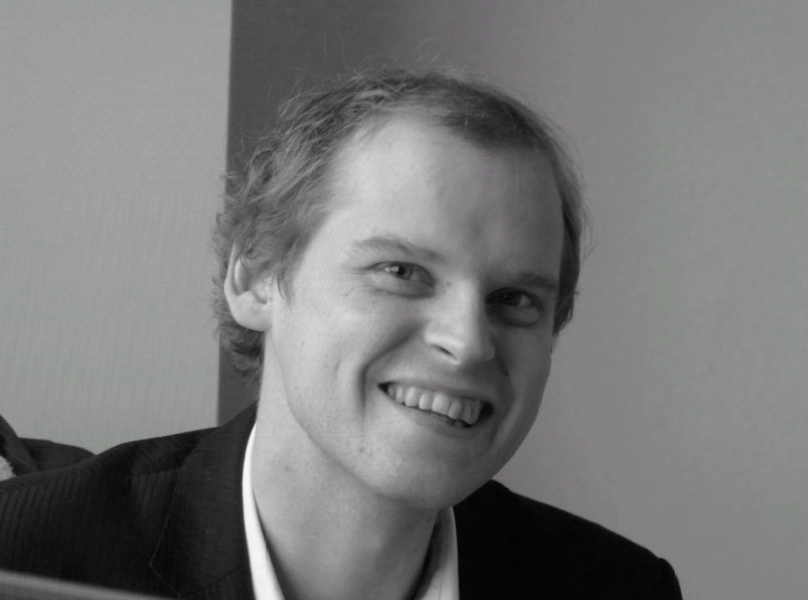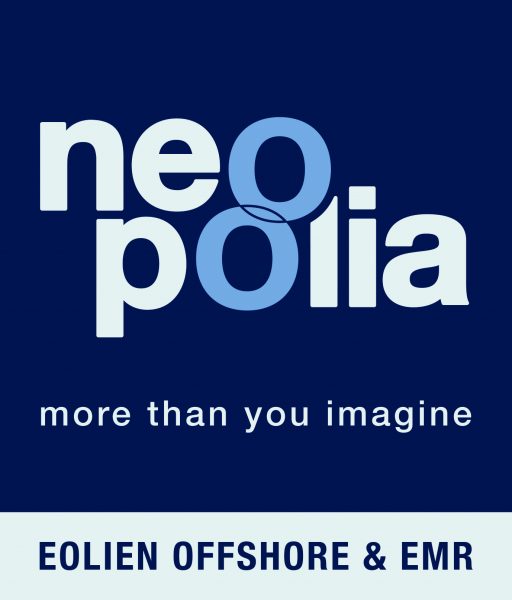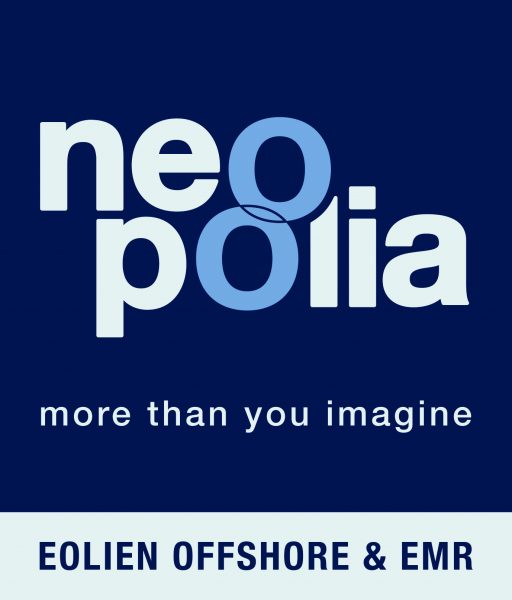Océole ranks among 10 bidders preselected in a tendering procedure underway for the floating wind project in Southern Brittany. The partnership gathers three global names in marine renewables: Q ENERGY, Equinor and Green Giraffe. Alexis Darqui, offshore wind project manager at Equinor, and Ken Ilacqua, head of offshore wind at Q ENERGY, set out their vision for the industry and their approach to the project.
Can you tell us about this partnership and how it stands apart from the other short-listed bidders?
Alexis Darquin: We submitted a bid as a 3-strong exclusive partnership: Equinor, Green Giraffe and Q ENERGY. The Norwegian energy company Equinor has been the main gas supplier in France for over 20 years. And back in 2009 we designed a floating wind turbine demonstrator that is now being used for training and research purposes by the Norwegian Offshore Wind Cluster. Today, we’re leaders in floating wind. We’ve been operating the Hywind Scotland wind farm for five years and we will be commissioning the world’s largest floating wind farm (88MW) – Hywind Tampen – in the North Sea this coming autumn.
Green Giraffe are world leaders as renewable energy financial advisors, including expertise in offshore wind.
Ken Ilacqua: What sets our partnership apart is our combined strengths. Equinor brings its offshore technical capabilities, Green Giraffe provides financial expertise and Q ENERGY draws on its long experience in renewables with some 1.5 gigawatts achieved in France and about ten gigawatts planned in Europe (solar, onshore, onshore altogether).
For you, what is the main challenge facing the construction of the first commercial float wind farm.
K.I.: The key issue for me relates to the industrial fabric needed to grow France’s floating wind sector, specifically in Brittany and Pays de la Loire. Another issue involves organising the training provision because the industrial fabric alone won’t suffice; you need the right skills in place. And it’s not just about offshore maintenance technicians, it’s also about welders and there aren’t enough of them, especially those who are marine-qualified.
A.D: A priority is to organise the value chain. Building factories is the easy part, it’s quite another thing to build infrastructure. This requires more time and involves more stakeholders, including public ones such as national and regional authorities. And all these people need to pull in the same direction and money has to be found. But it all boils down to the human side and that’s where training comes in. Offshore wind is an opportunity for France to reindustrialise: it’s the only sector to my knowledge that can create tens of thousands of jobs in the country over the coming years.
What are the strengths and weakness of France’s offshore wind sector in your opinion?
A.D: France was one of the first countries to specifically include floating wind in its long-term energy plans, which places it in the top 5 countries to be able to grow this industry. The floating wind sector and the authorities signed an agreement to double the objectives of the previous long-term plan, and this opens up exciting prospects. However, there’s some concern over the small scale of these first tenders compared to those for fixed-bottom wind. It might not be enough for the sector to form into a structured industry. Some businesses can’t see ahead until 2024-25. These troughs between tenders may pose a challenge to upscaling the sector.
K.I.: What the government needs to do is launch calls for tenders sufficiently often so that the sector can continue to grow. The onshore wind sector has a high installed capacity of 18GW but an ever-changing regulatory backdrop hampered its development. Now France is positioning itself as a leader in floating wind and that’s great! But if manufacturers and other stakeholders are to invest in facilities for turbines, floaters and other parts, then calls for tenders (and projects) will have to be issued more regularly.
What is your strategy for ensuring local communities benefit economically from the project?
K.I.: We first set out to assess the local industrial fabric in order to see if, wherever possible, we could keep manufacturing and assembly of the turbines, floaters and other components in the local area. And now we’re looking at training provision. It takes almost ten years to train an offshore welder and if we don’t start today then we won’t be ready by 2028. The regional councils deal with training but business associations are also key players.
A.D.: Close ties with local industry have always underpinned the success of our projects. This allowed us, for example, to build the 11 floaters for the Hywind Tampen project in a very short time. As far as possible, we shopped local for our technology – up to 50%. This figure is positive considering Norway doesn’t have any plants that manufacture wind turbines. We will share our insights on this experience in France this summer at conferences. In the south of Brittany, we intend to use the same strategy and we hope the authorities will take note. It is, however, challenging to fit this in with European competition law.
Do you specific expectations of the local manufacturers and institutions?
A.D.: We’ve set up partnerships with various research institutes and bodies such as France Energie Marine, Neopolia and Pôle Mer Bretagne. Even before signing the agreement, we and Neopolia had decided to put forward work in our offshore wind and our expectations of this project. We also work closely with the Port of Saint-Nazaire and openly share our experience with them.
We’ve also issued a call for expressions of interest relating to maritime safety for offshore wind with the cluster Pôle Mer Bretagne, even if the call isn’t confined to Brittany. To promote this type of initiative, we’re expecting clusters to communicate with one other as this is about the public interest. And we intend to continue in this way and publish further calls on related public interest topics which go hand in hand with the development of new offshore operations.
Furthermore, we’ve organised fairly successful B-to-B meetings in cooperation with the Franco-Norwegian Chamber of Commerce and Bretagne Ocean Power in Lorient. We hope to organise similar meetings in Pays de la Loire, probably with Neopolia. Basically, what we seek to do is to share our experience in ways that people can understand. It’s about educating them and acceptance is a success factor here. We offer this to all the stakeholders of projects like these (industrial clusters, local authorities, schools etc.).
K.I.: The B-to-B meetings can be important for explaining how we would set out a project timeline. This allows industry stakeholders to look ahead and get ready to meet our industrial needs when the time comes.


